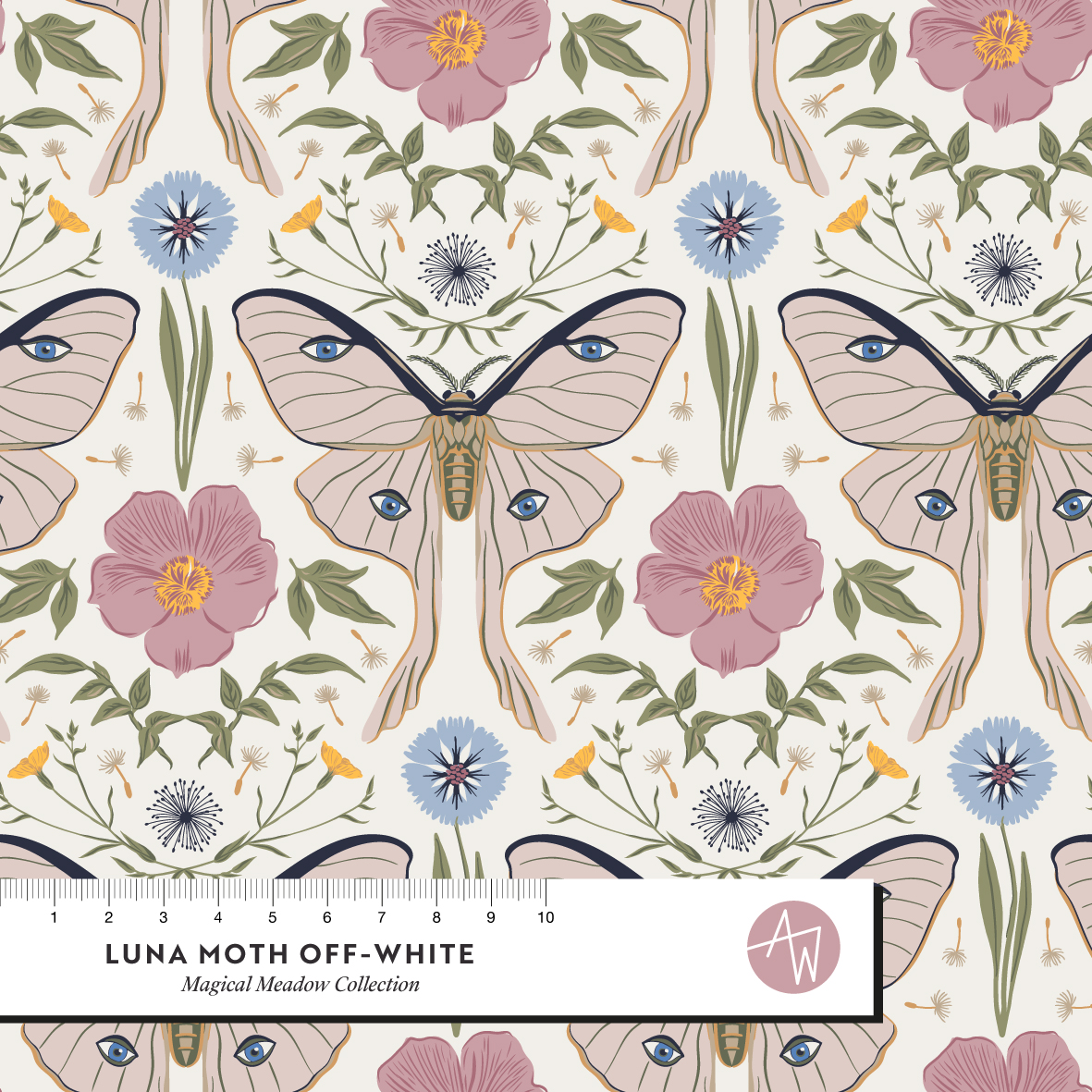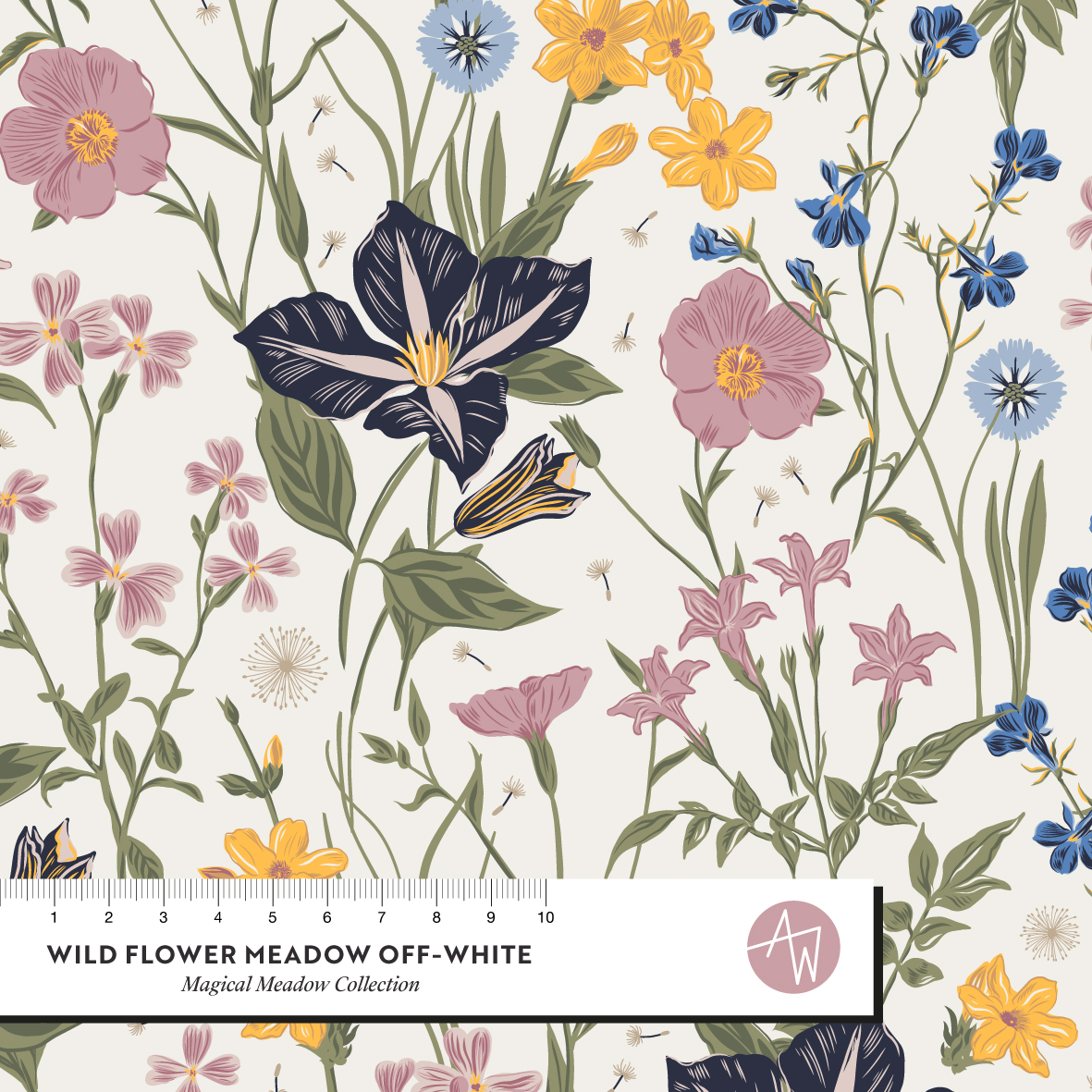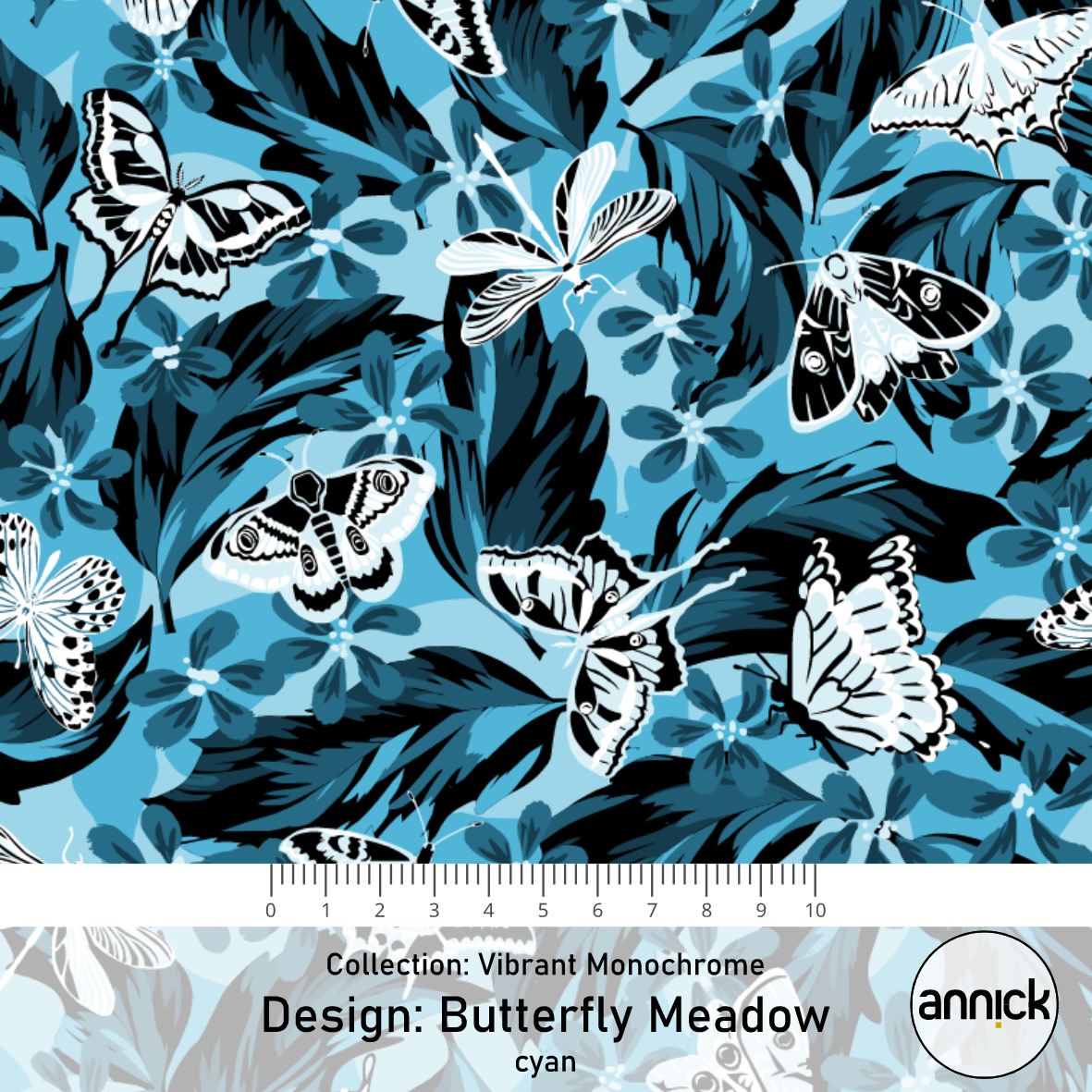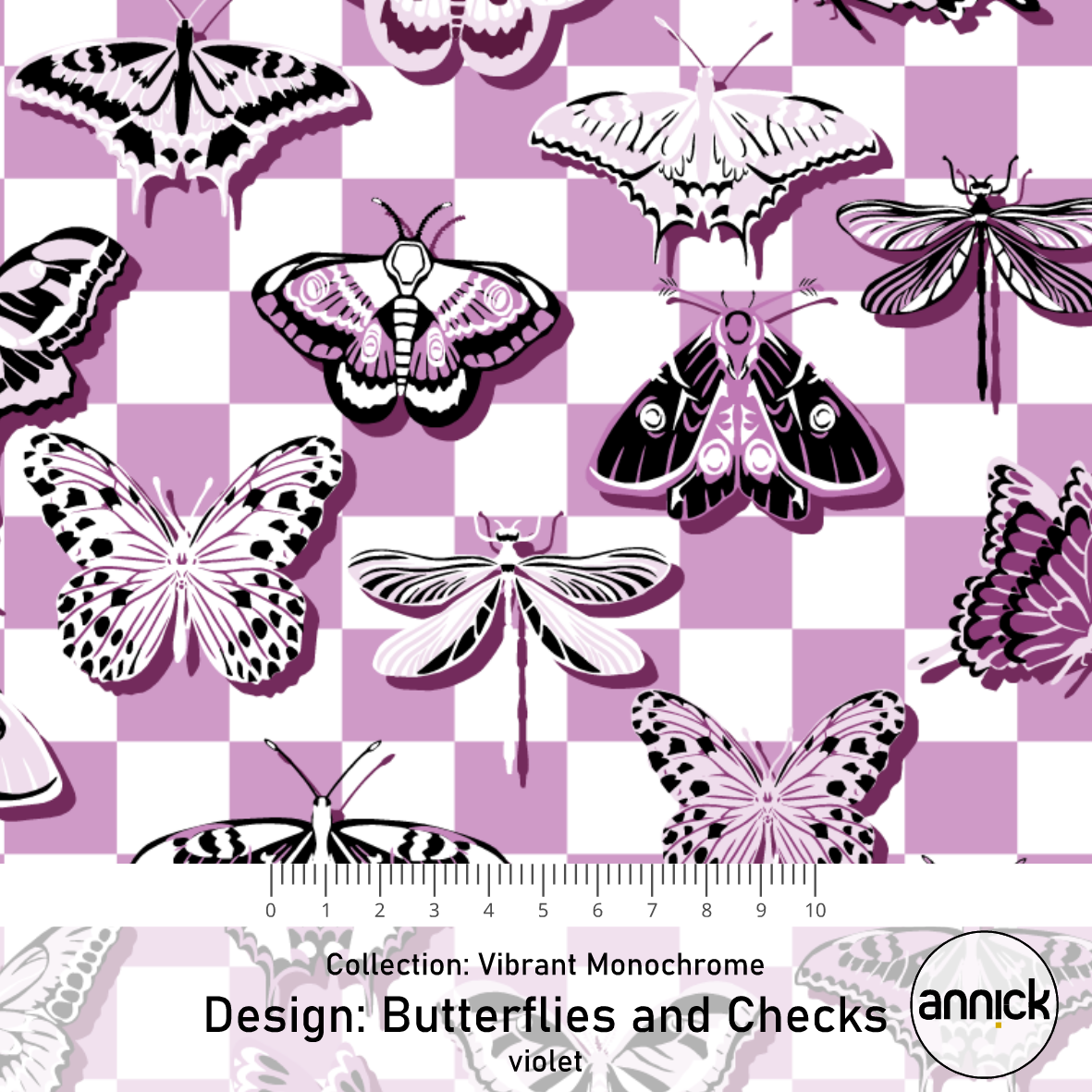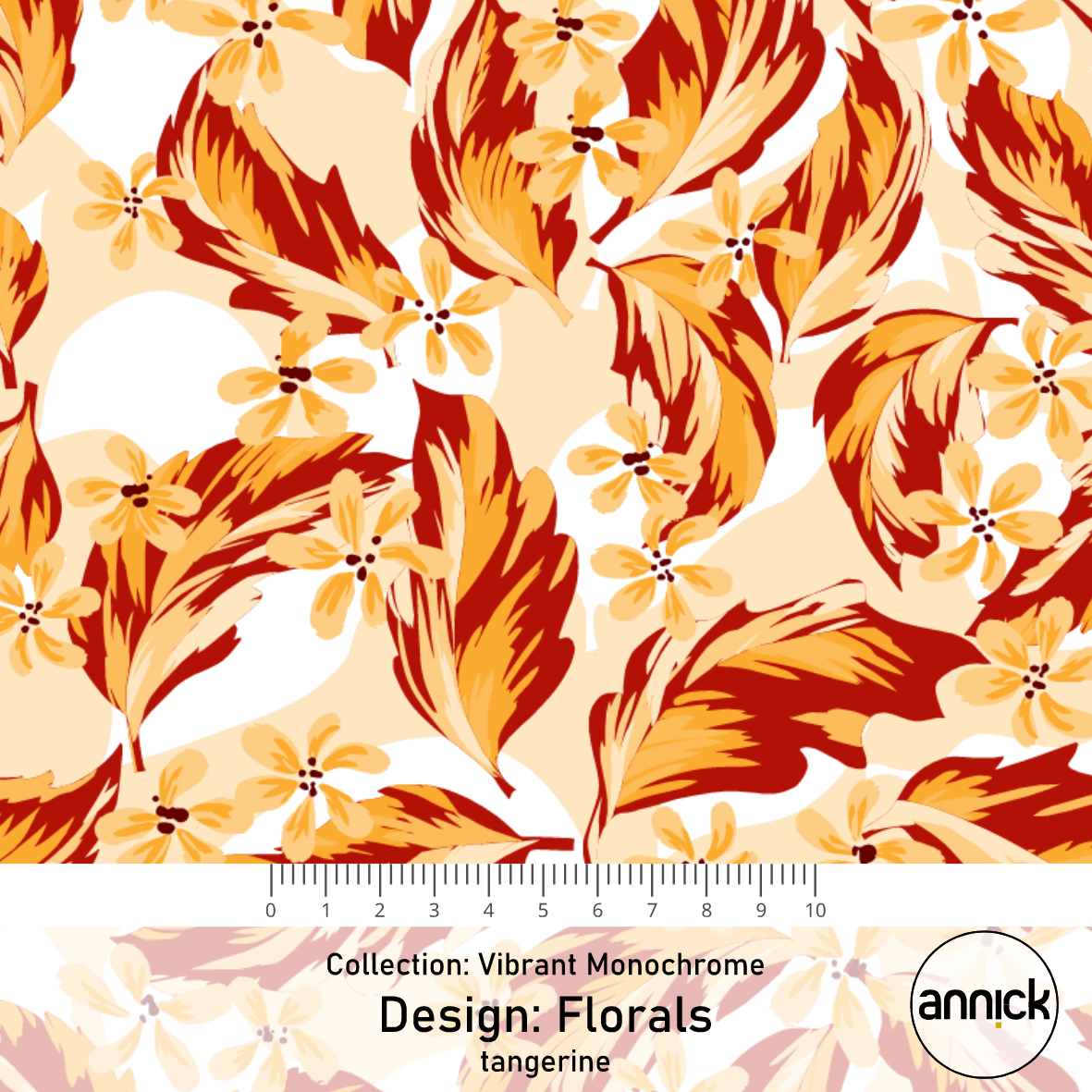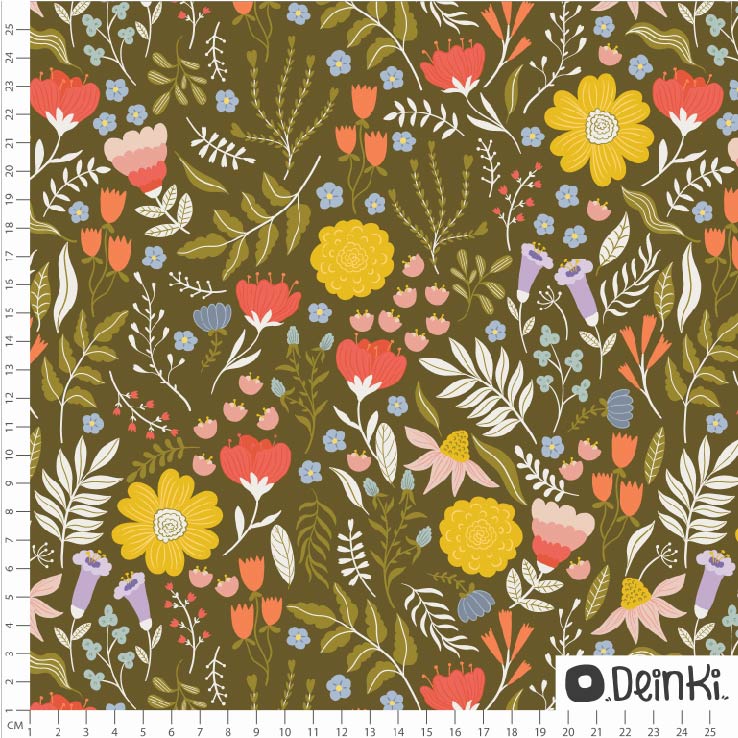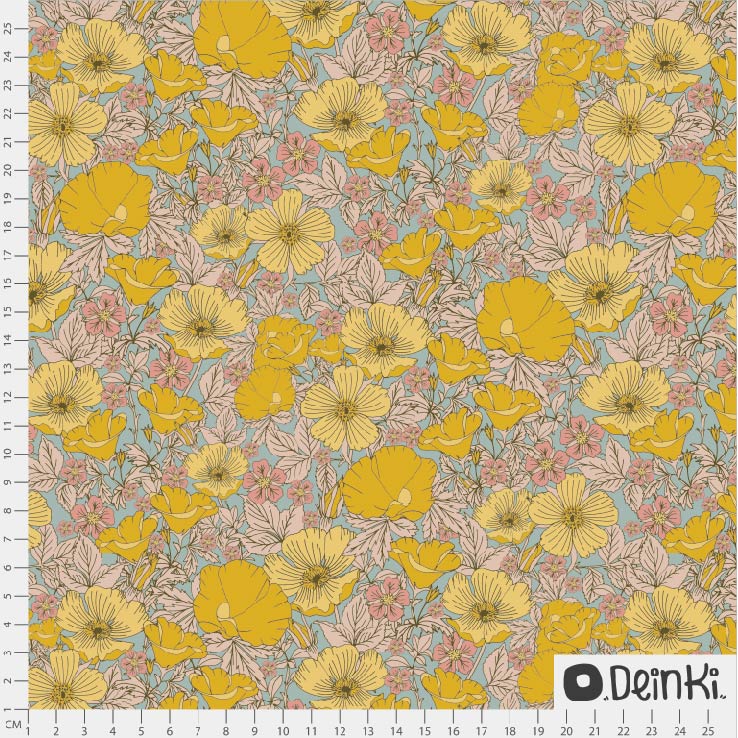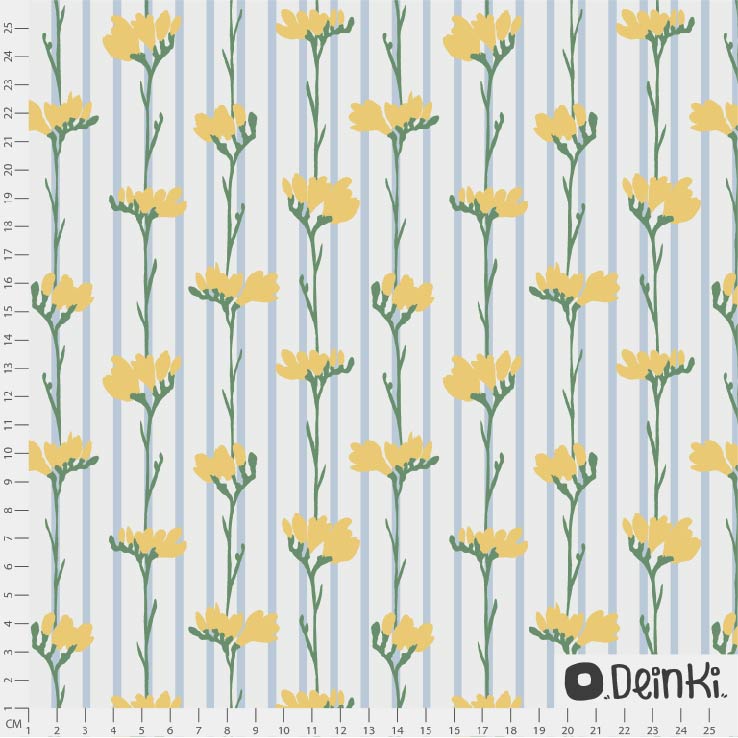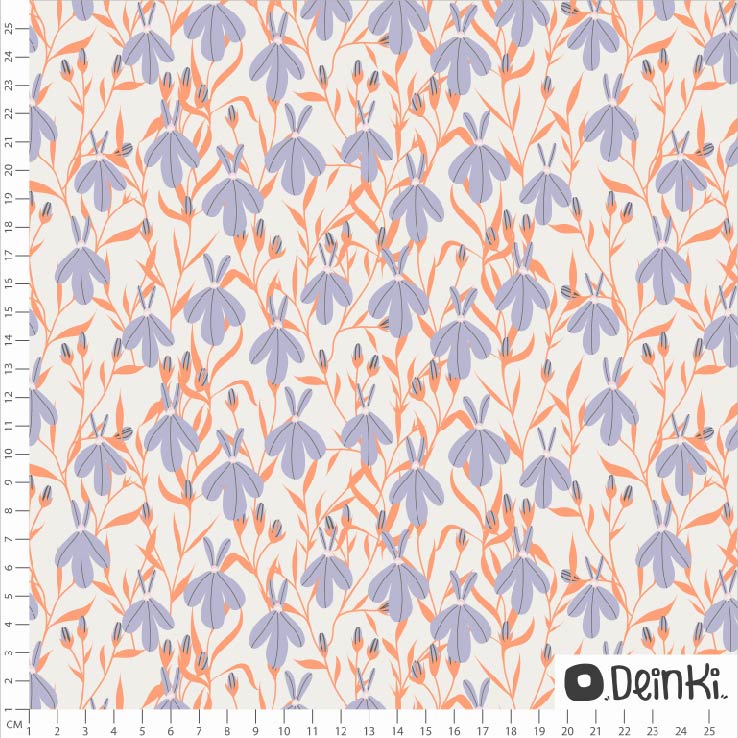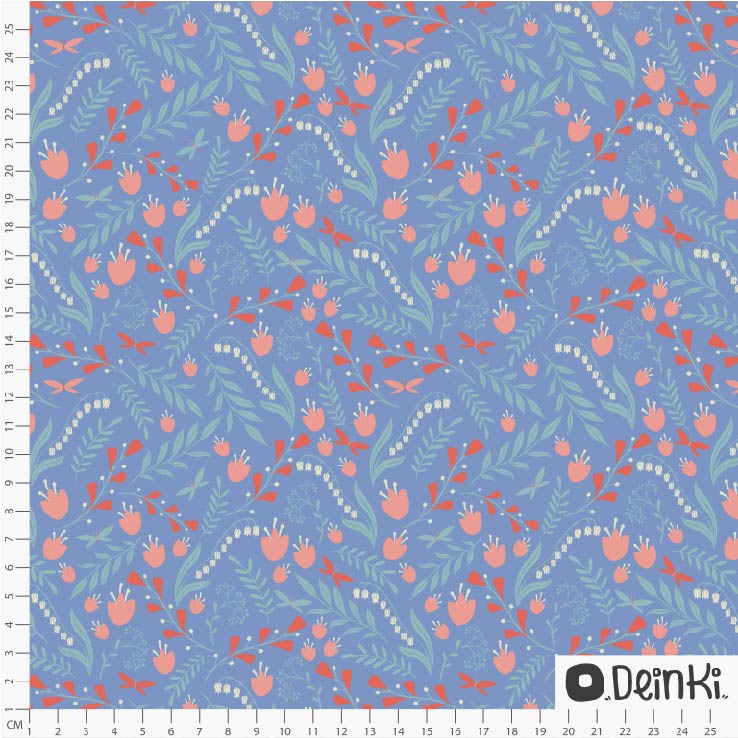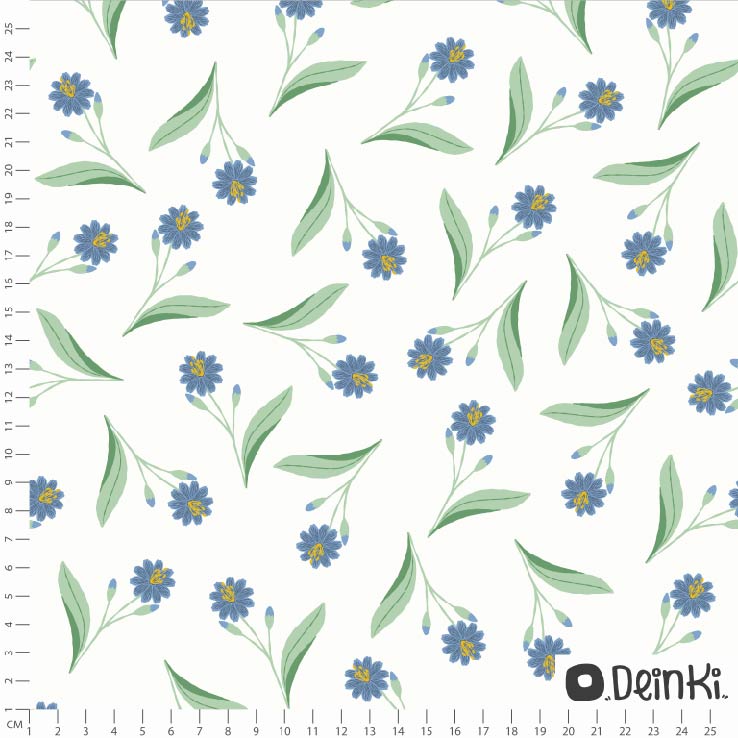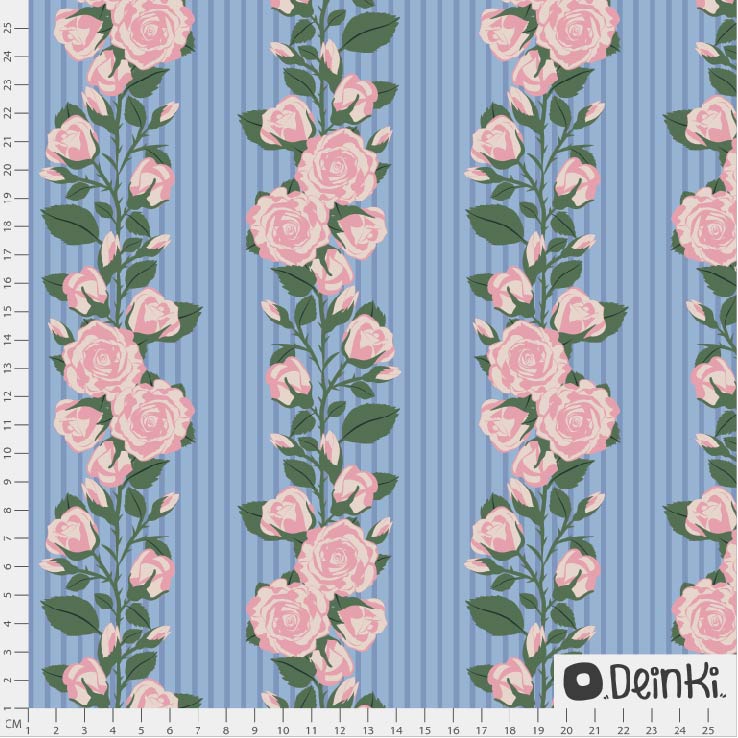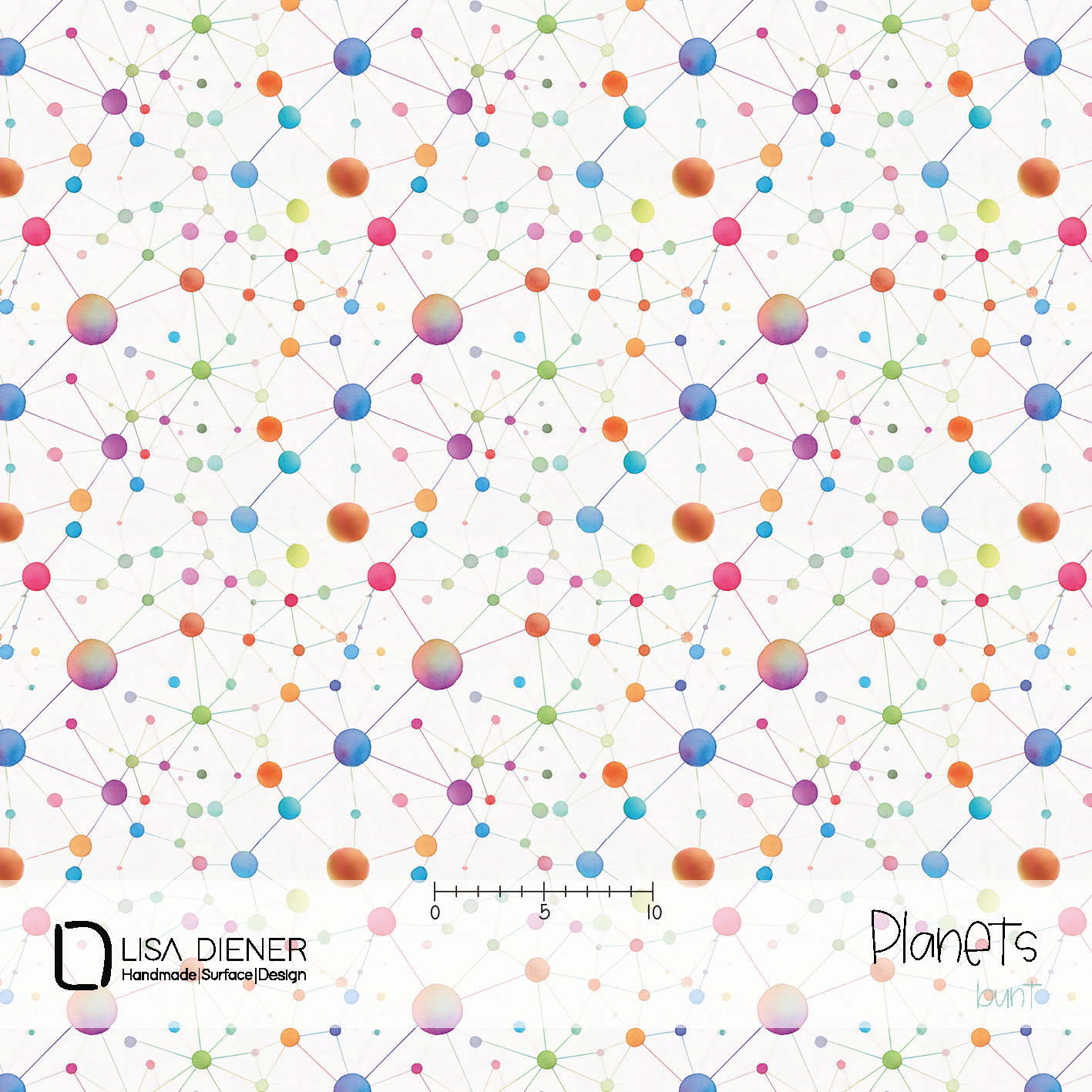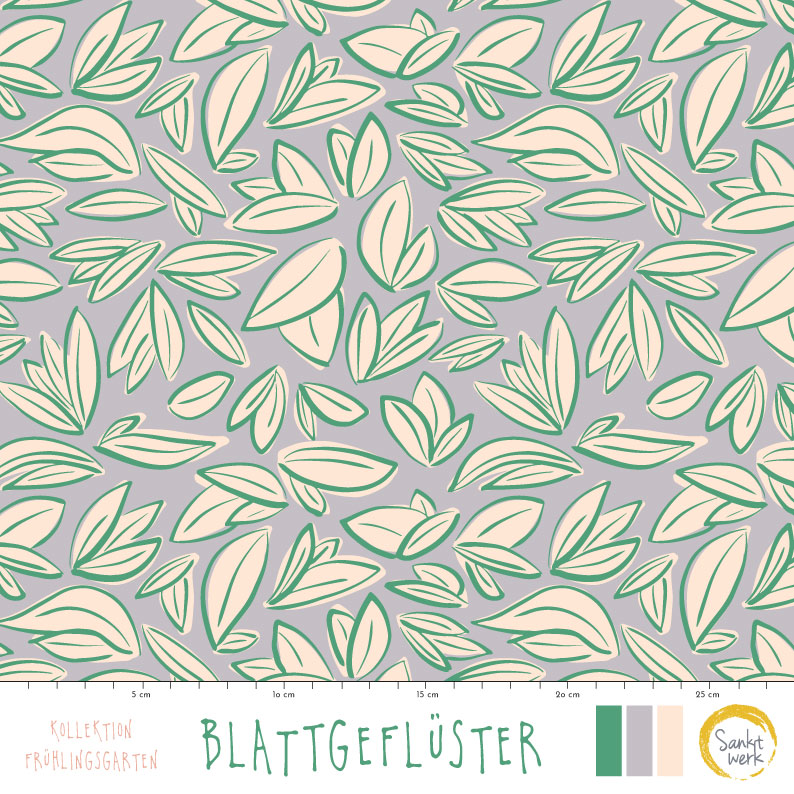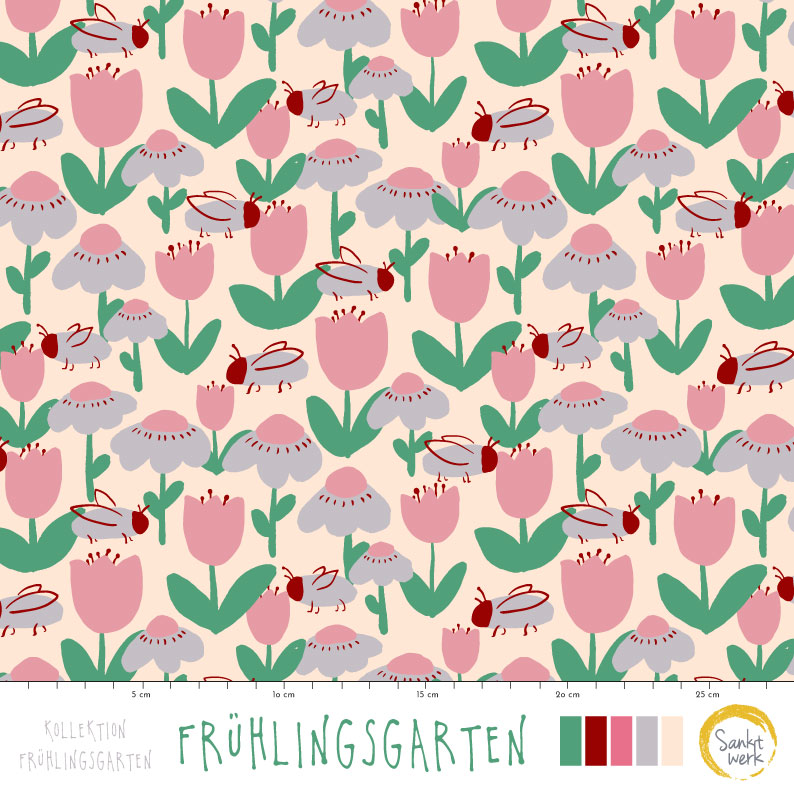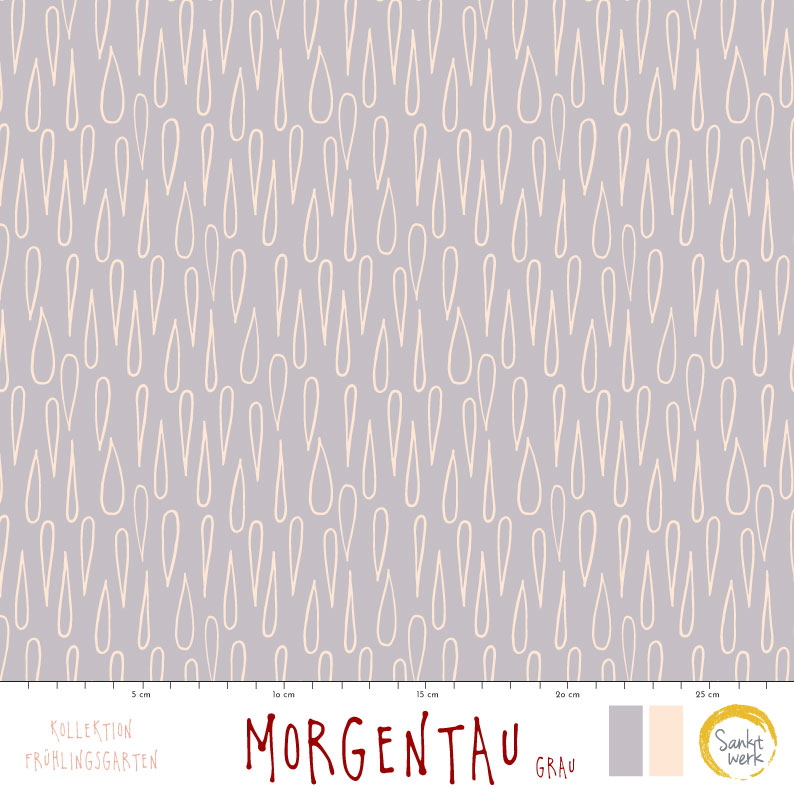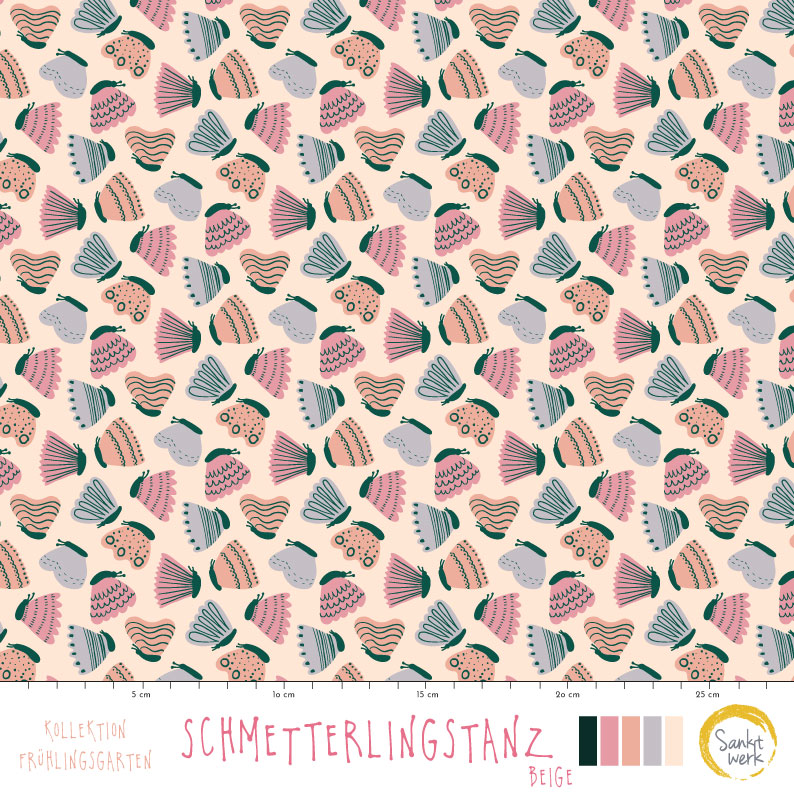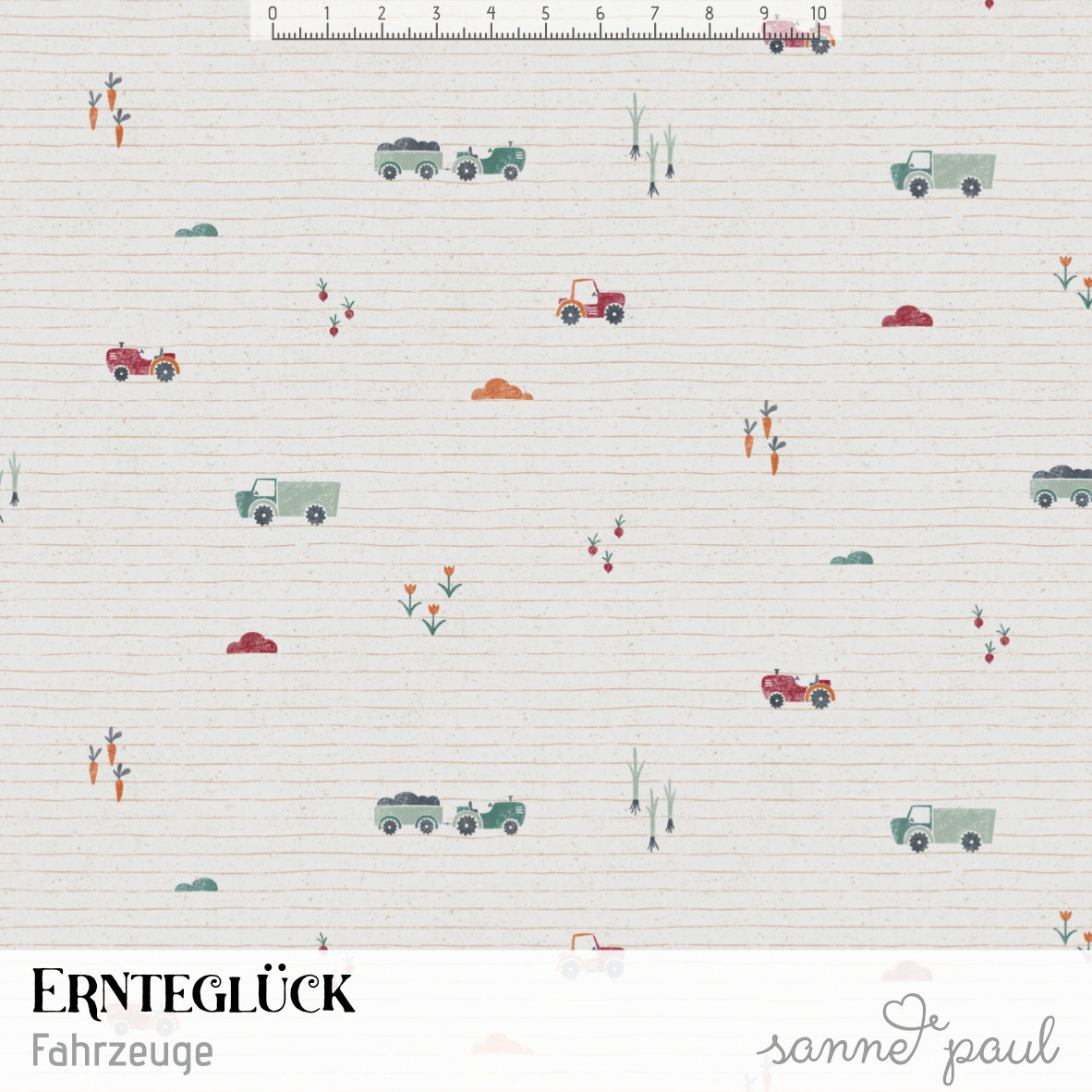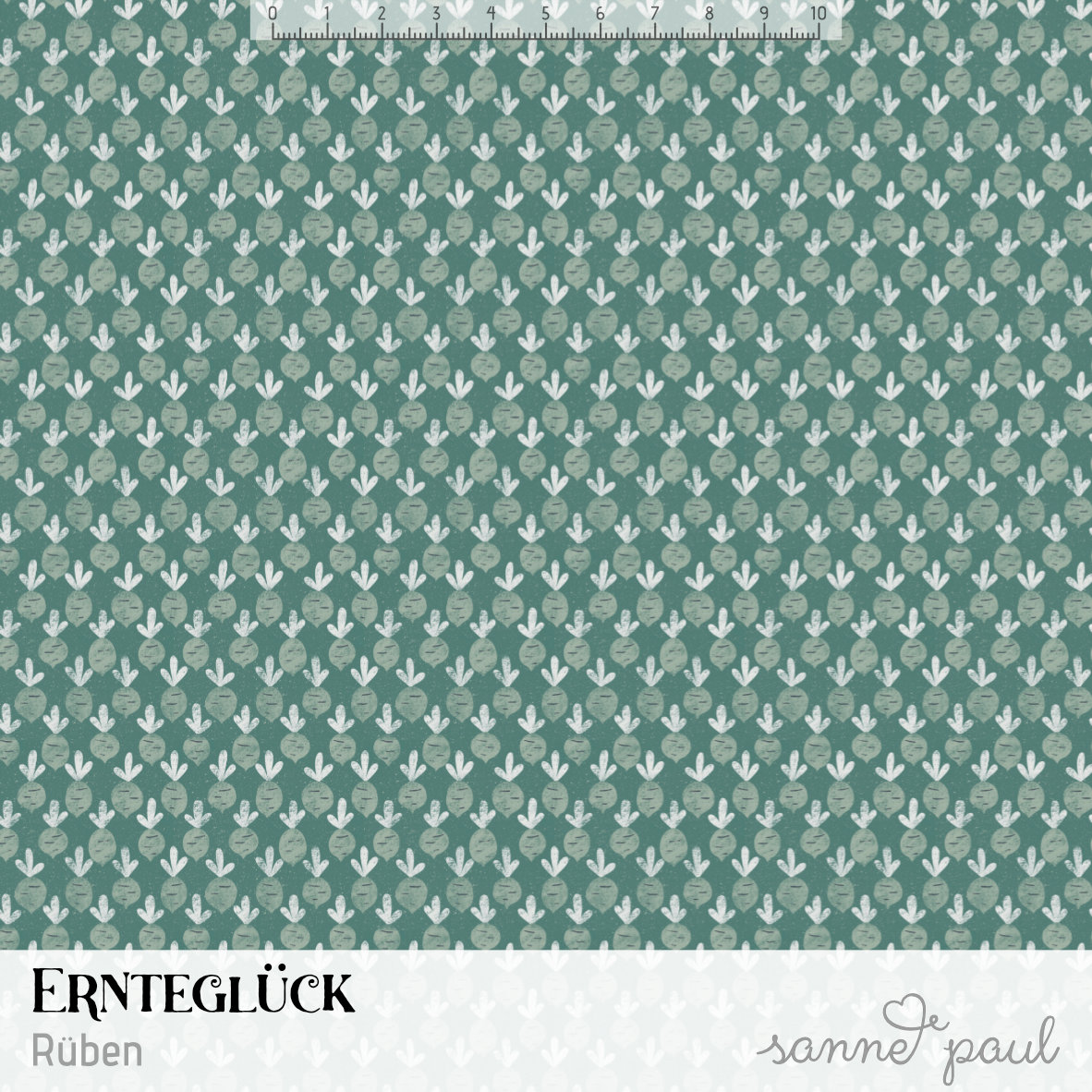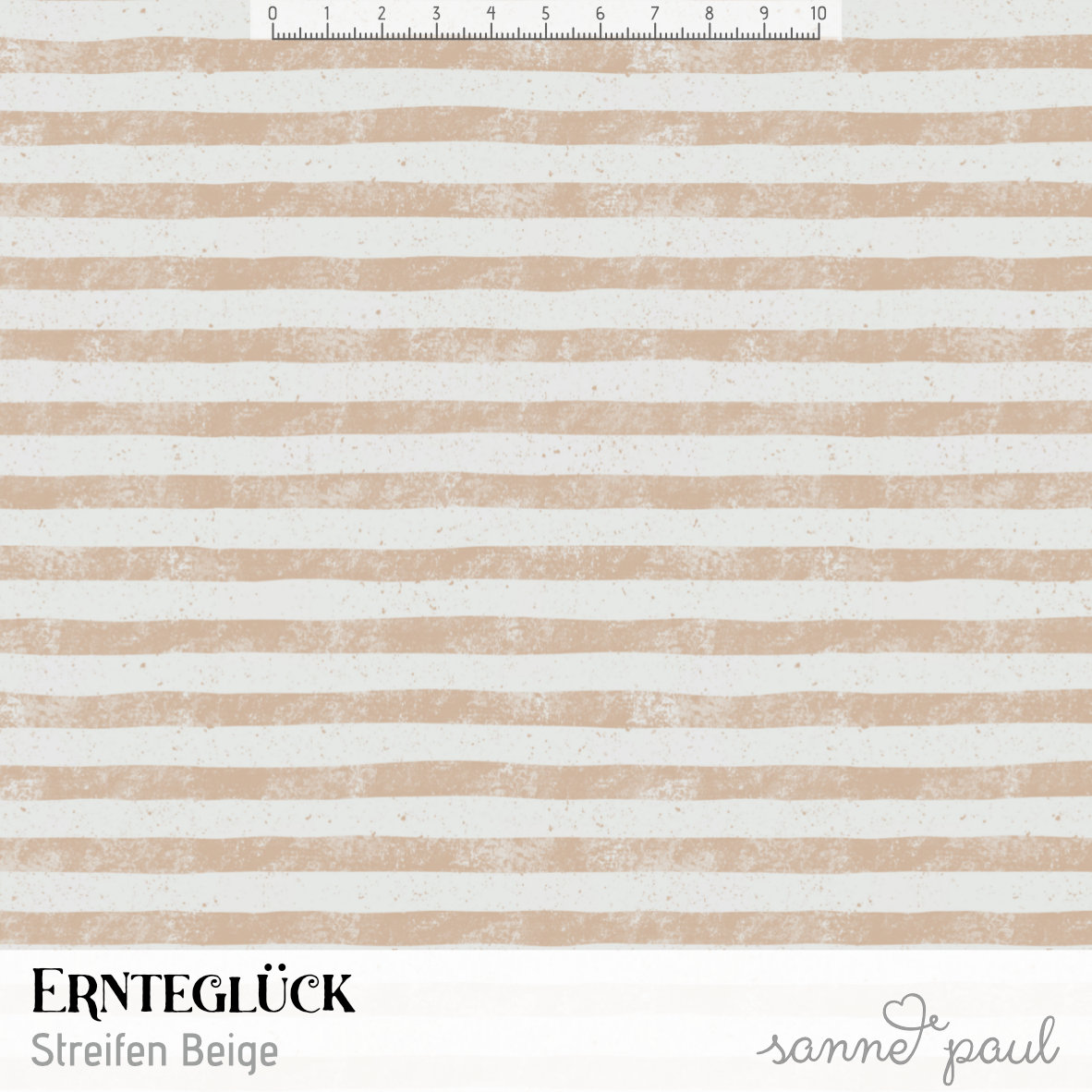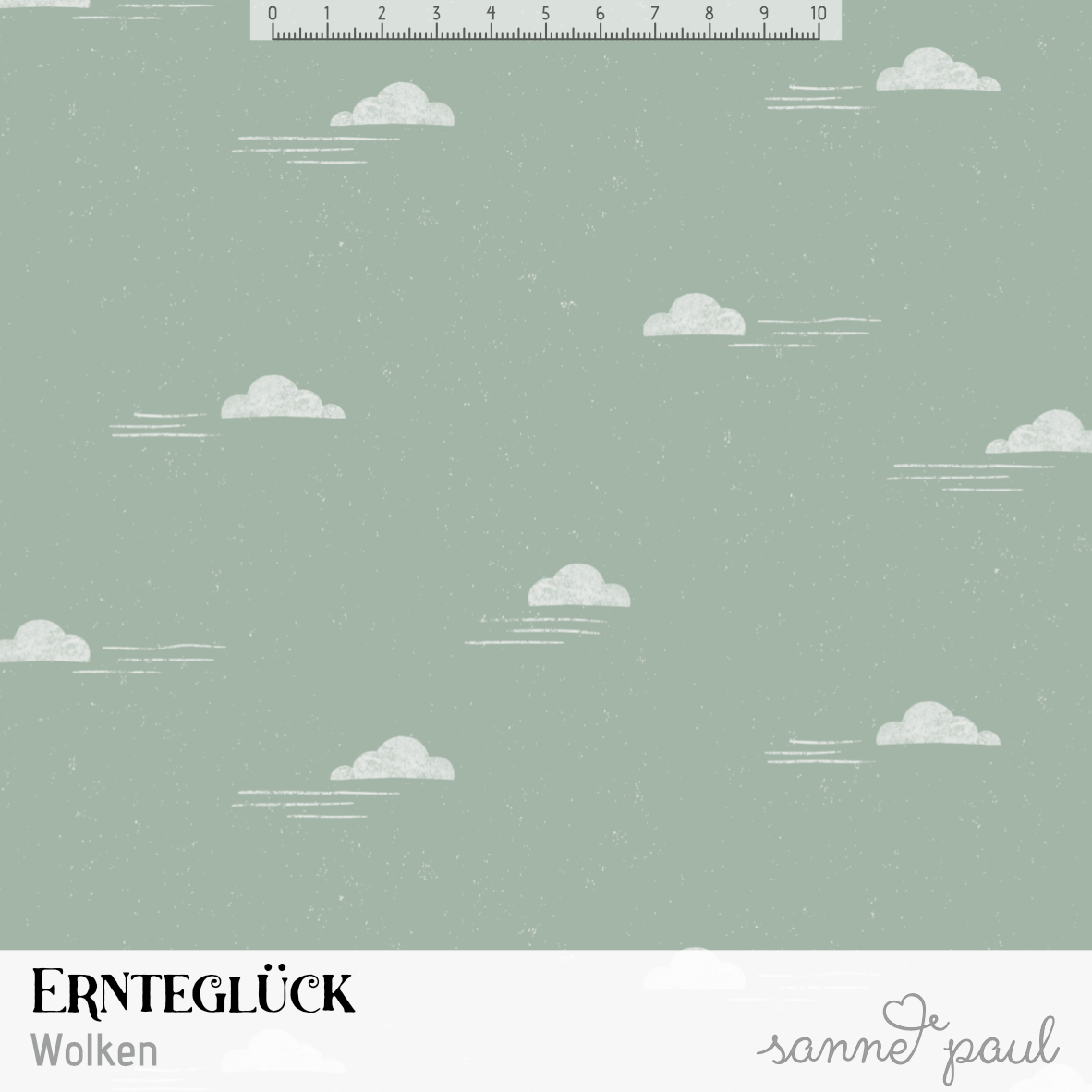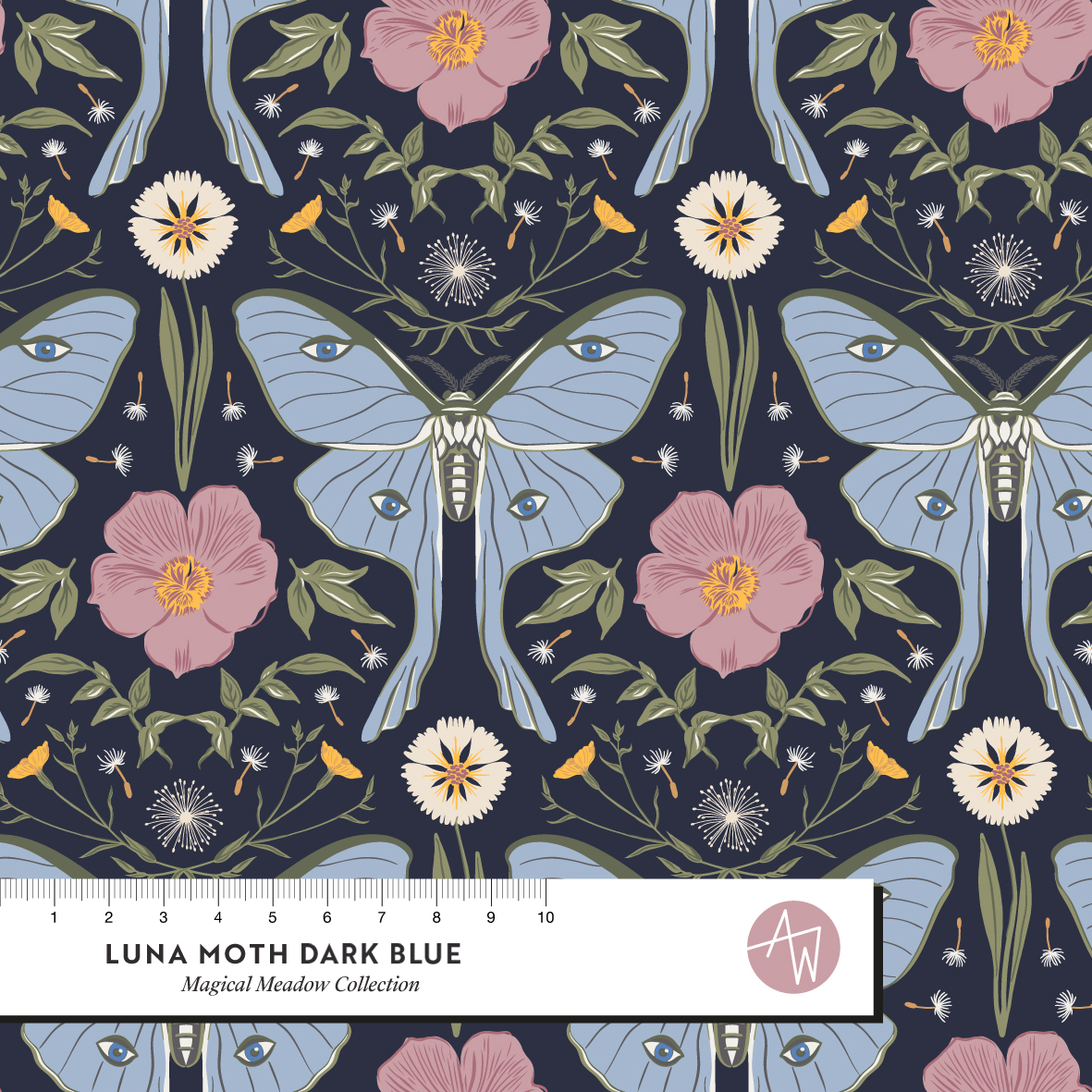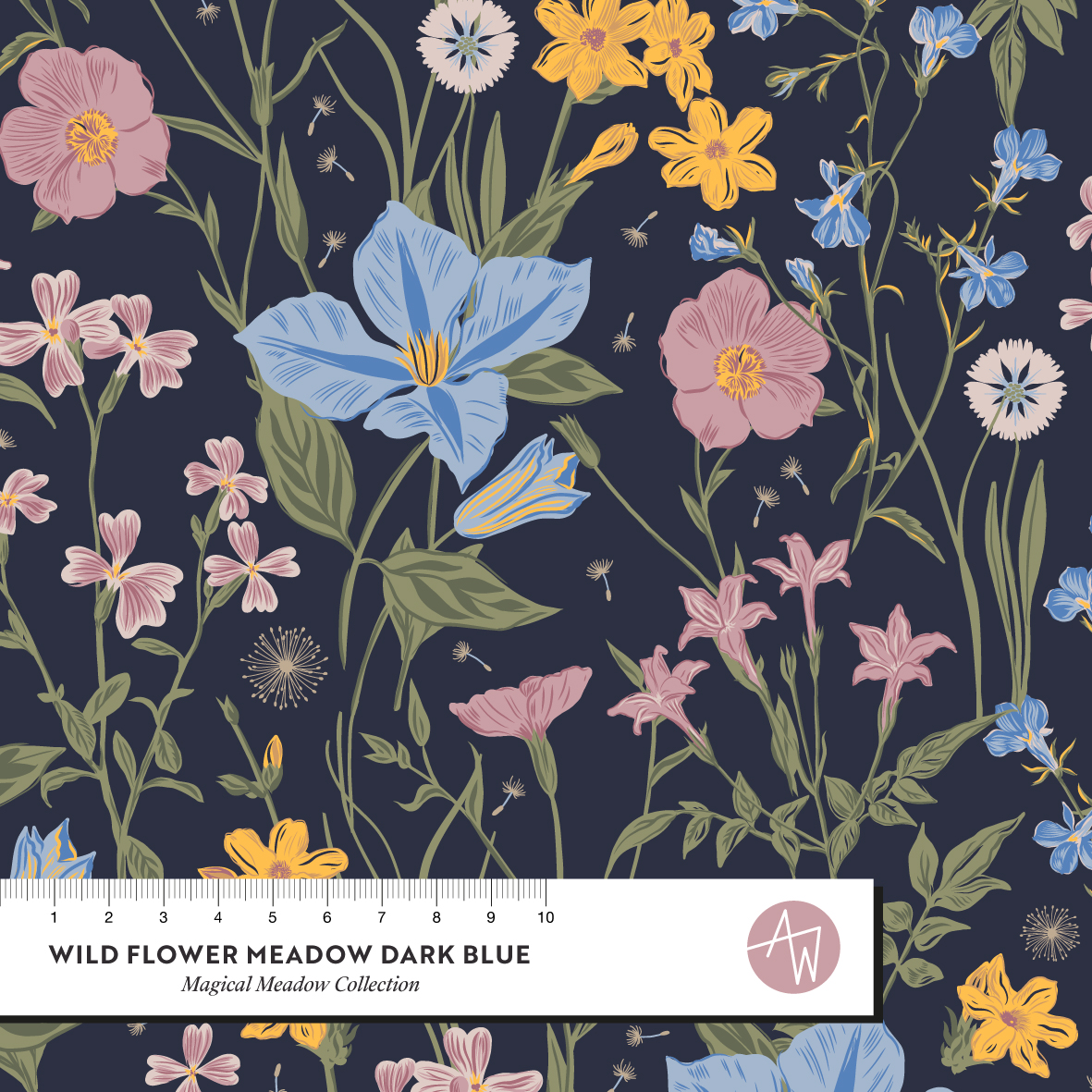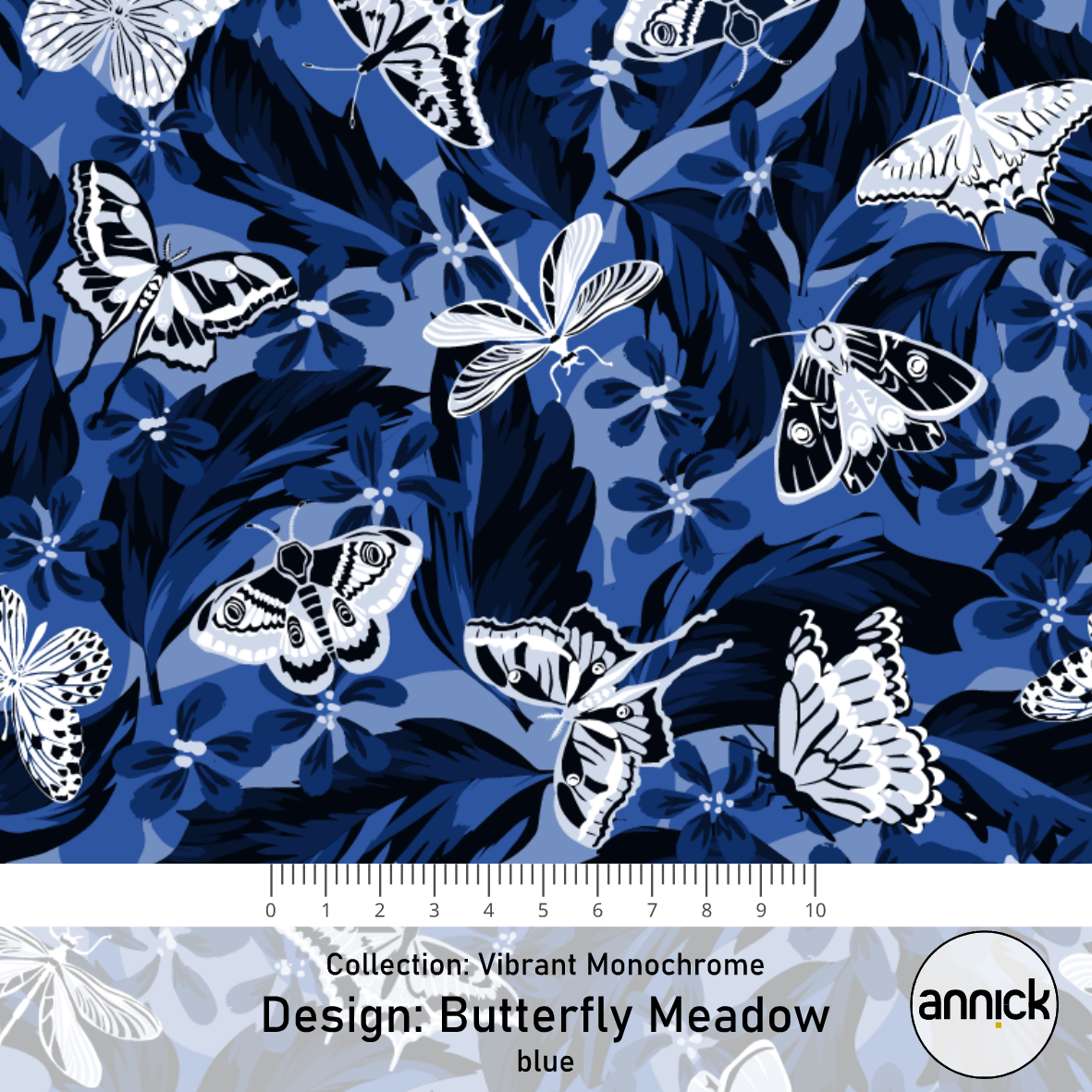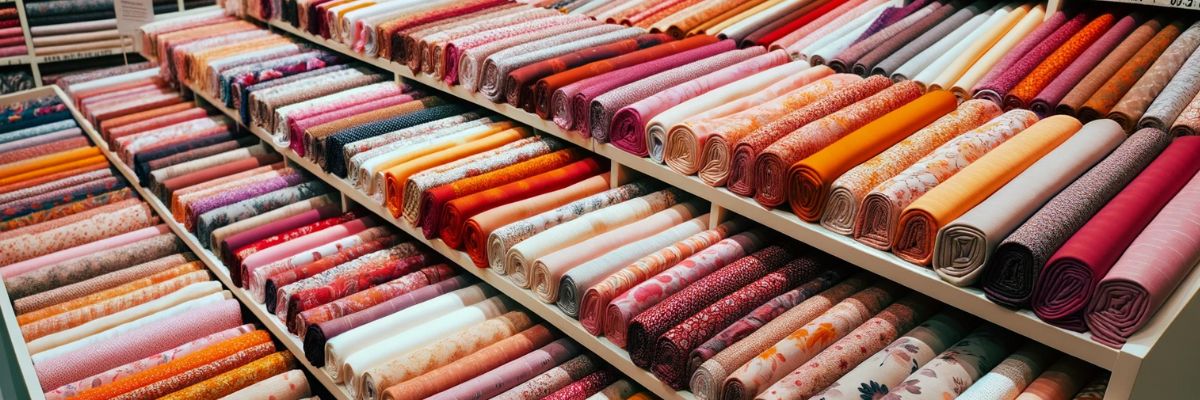
Discover Sustainable Organic Fabrics at Lillestoff.com
Explore exclusive fabrics with the designs from the Lillestoff designers for all your sewing projects. Benefit from free shipping within Germany on orders over 50€. Your creative journey starts now!
Buying Eco-Friendly Fabrics from Lillestoff: How to Support Sustainable Fashion and Reduce Your Environmental Footprint
Do you want to reduce your environmental footprint and support sustainable fashion? Purchasing eco-friendly fabrics, especially from brands like Lillestoff, is a great start! In this article, you will learn how to choose the right fabrics and use them for your sewing projects to be both environmentally friendly and stylish.
Sustainable Self-Made Fashion with Lillestoff Fabrics
Sustainable self-made fashion, using fabrics from Lillestoff, is gaining more importance. More and more people are becoming aware of the impact our clothing and sewing habits have on the environment. Buying eco-friendly fabrics is an effective way to reduce your contribution to environmental pollution while unleashing your creativity in sewing.
The Environmental Impact of the Fashion Industry
The fashion industry has a significant impact on the environment. From the cultivation of raw materials to production and clothing disposal, many negative environmental effects occur.
The production of conventional fabrics like cotton requires the use of pesticides and large amounts of water. Pesticides can leach into groundwater and harm the environment, while water consumption can lead to water scarcity. The production of synthetic fabrics like polyester consumes fossil fuels and releases harmful chemicals.
Furthermore, the fashion industry generates large amounts of waste. Not only the clothing itself but also packaging and labels contribute to pollution. When clothing is discarded, it often ends up in landfills or is incinerated, leading to air, soil, and water pollution.
Understanding Eco-Friendly Fabrics and Their Benefits
Eco-friendly fabrics are made from sustainable materials and have a lower environmental impact than conventional fabrics. There are various types of eco-friendly fabrics to consider for your sewing projects.
Organic Cotton: Organic cotton is grown without the use of pesticides and chemical fertilizers. It is biodegradable and requires less water than conventional cotton.
Hemp: Hemp is a sustainable alternative to cotton. Hemp cultivation requires less water and pesticides. Additionally, hemp is naturally resistant to pests, reducing the need for chemical pesticides.
Tencel: Tencel is a fiber made from wood pulp. The manufacturing process of Tencel is more environmentally friendly than that of other synthetic fabrics, as it consumes less energy and water. Tencel is also biodegradable.
Recycled Fabrics: Recycled fabrics are made from used materials, such as recycled polyester from plastic bottles or recycled cotton fabric from old clothing. Using recycled fabrics conserves resources and reduces waste.
These eco-friendly fabrics have many advantages. They are not only better for the environment but also for your skin. They do not contain harmful chemicals and can reduce allergic reactions.
For all fabrics from Lillestoff that contain cotton, only high-quality and sustainable organic cotton is used. Lillestoff production exclusively relies on certified pigment-based ink, completely avoiding chemical additives, as in traditional reactive printing.
How to Identify and Choose Sustainable Fabrics
Identifying and choosing sustainable fabrics for your sewing projects requires some knowledge and research. Here are some tips on how to recognize and select eco-friendly fabrics:
Certifications: Look for certifications such as GOTS (Global Organic Textile Standard) for organic cotton, KBA fabrics (controlled organic cultivation), and Oeko-Tex Standard 100 for tested fabrics free from harmful substances.
Sustainable Brands: Learn about sustainable fabric brands like Lillestoff that use eco-friendly fabrics. These brands often have a clear sustainability strategy and transparently communicate their production processes.
Transparency: Examine labels and product information closely. Sustainable brands often provide information about the origin of fabrics and their environmental impact.
Durability: Choose fabrics that are durable and long-lasting. Durable clothing has a longer lifespan and reduces the need for new garments.
Ethical Considerations in Sustainable Fashion
In addition to environmental impact, social and ethical responsibility plays a crucial role in sustainable fashion. The fashion industry is known for poor working conditions and low wages in many production countries.
When buying eco-friendly fabrics, also pay attention to working conditions and fairness towards workers. Support brands that transparently communicate their production processes and advocate for fair working conditions.
Caring for and Working with Eco-Friendly Fabrics
Caring for and working with eco-friendly fabrics often requires special attention to maintain their longevity and quality. Here are some tips on how to care for and work with eco-friendly fabrics:
Washing: Wash eco-friendly fabrics at low temperatures and use eco-friendly detergents. Avoid the use of fabric softeners or detergents with bleach, as they can damage fibers and affect colors.
Spin: To ensure the longevity of your fabrics and keep colors vibrant, avoid high spinning speeds. 400 rotations per minute are more than sufficient.
Drying: Air-dry eco-friendly fabrics instead of using a dryer. This saves energy and preserves the fibers. It also extends the lifespan of colors, allowing you to enjoy your fabrics longer.
Ironing: Iron eco-friendly fabrics at low temperatures and make sure the fabric is slightly damp. This makes ironing easier and preserves the fibers at the same time.
Sewing: Use suitable needles and threads when sewing with eco-friendly fabrics. Ensure that the needles are sharp, and the thread is made from sustainable materials.
Using eco-friendly fabrics for your sewing projects is an excellent way to be environmentally conscious while unleashing your creativity. By properly caring for and processing eco-friendly fabrics, you contribute to extending their lifespan and maximizing their positive impact on the environment.
Supporting Sustainable Fashion Brands and Designers
Another way to support sustainable fashion is by supporting brands and designers committed to sustainable production. By shopping from these brands, you demonstrate your interest in eco-friendly clothing and help increase the demand for sustainable products.
Follow sustainable fashion brands and designers on social media to stay informed about their latest collections and initiatives. Share their posts to raise awareness about sustainable fashion.
Tips for Buying Eco-Friendly Fabrics on a Small Budget
Sustainable fashion doesn't have to be expensive. Here are some tips on how to buy eco-friendly fabrics even if you have a limited budget:
Second-Hand Shopping: Buy second-hand clothing from vintage stores or online platforms for used clothing. Second-hand clothing is often more affordable and has a lower environmental impact than newly produced clothing.
Clothing Swaps: Organize clothing swap parties with friends or in your community. Exchange clothing items you no longer wear for new eco-friendly pieces.
Clothing Rental: Rent clothing for special occasions or daily wear. There are various platforms where you can rent clothing instead of buying it.
DIY and Upcycling Projects with Eco-Friendly Fabrics
Another way to use eco-friendly fabrics is to try DIY projects and upcycling. You can enhance old clothing with eco-friendly fabrics or sew new pieces from old fabrics.
Look for instructions and inspiration for DIY projects with eco-friendly fabrics. Upcycling is not only a creative way to expand your wardrobe but also a sustainable alternative to buying new clothing.
Promoting Sustainable Fashion on Social Media
As a consumer, you can also play a role in promoting sustainable fashion on social media. Share posts from sustainable fashion brands and designers to raise awareness about eco-friendly fabrics and clothing.
Use hashtags like #sustainablefashion, #ecofriendlyfabrics, #sewingeco-friendly, and #Lillestoff to categorize your posts and reach a wider audience. The more people talk about sustainable fashion, the greater the impact on the fashion industry will be.
Conclusion on Sustainable Organic Fabrics
Sustainable fashion and eco-friendly fabrics are important topics in today's world. As a consumer, you have the power to influence the fashion industry and make sustainable choices.
By buying eco-friendly fabrics from Lillestoff and producing and supporting sustainable fashion, you can reduce your environmental footprint and have a positive impact on the environment. It's time to take responsibility for your choices and steer the fashion industry towards a more sustainable direction.
Let's work together for a better future.

